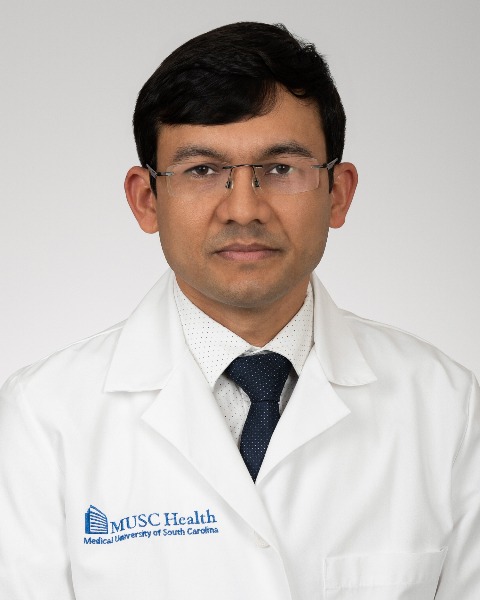Adult Cardiac
Category: Scientific Abstract: Oral/Poster
Evolving Changes in Center-Level Utilization of Longer Distance Donors in Heart Transplantation
K. Bhandari1, K. Shorbaji2, B. Welch3, L. Witer1, N. Pope1, A. Kilic4
1Medical University of South Carolina, Charleston, South Carolina 2Medical University of South Carolina, Mount Pleasant, South Carolina 3Medical University of South Carolina (MUSC), Mount Pleasant, South Carolina 4MUSC, Charleston, South Carolina
1Medical University of South Carolina, Charleston, South Carolina 2Medical University of South Carolina, Mount Pleasant, South Carolina 3Medical University of South Carolina (MUSC), Mount Pleasant, South Carolina 4MUSC, Charleston, South Carolina

Krishna Bhandari, MD (he/him/his)
CT Surgery Fellow
Medical University of South Carolina
Charleston, South Carolina, United States
Presenting Author(s)
Disclosure(s):
Krishna Bhandari, MD: No financial relationships to disclose
Purpose: There are several evolving changes in the landscape of heart transplantation (HT) including the allocation policy change in 2018 and adoption of newer ex-vivo machine perfusion technologies aimed optimally preserve organs from longer distances. This study aimed to evaluate changes in center-level utilization of longer distance donors (LDD) in HT.
Methods: The United Network for Organ Sharing (UNOS) database was used to identify adult (≥18 years old) HT recipients between January 2010 and March 2023. Patients were categorized based on distance of the donor hospital to the transplanting hospital: < 500 miles, 500 – 1000 miles, 1000 – 1500 miles and >1500 miles. LDD were defined as >500 miles. Patients were secondarily stratified by allocation era (before versus after allocation change in October 2018). The Mann-Kendall trend test was utilized to ascertain the statistical significance of the trends in transplants using donors in these various distance-based categories. Kaplan-Meier analysis was used to estimate unadjusted 30-day, 1-year, and 5-year recipient survival. Multivariable Cox regression models were built to measure the effect of the LDD on HT recipient mortality.
Results: 32,013 recipients from 151 centers were included in this study. The overall mean distance was 211.5±228.4 miles. The average distance increased from 171±208 miles before the allocation change to 288±246 after ( p< 0.001). The mean cold ischemic time also increased form 3.2±1.1 hrs to 3.6±1.12 hrs following the allocation change (p < 0.001). The proportion of recipients with LDD increased from 5.5% in 2010 to 14.0% in 2022, p=0.021 (figure). The proportion of donors from >1000 miles away remained low but increased following the allocation change (0.5 to 1.1%). The proportion of centers with their HTs comprised of >10% LDD increased from 12.9% (n=18) to 35.5% (n=50) (p < 0.001) after the policy change. The proportion of centers with >25% LDD increased from 2.9 % (n=4) to 8.5% (n=12) after the allocation change (p = 0.04). No centers had >50% LDD (maximum center-level proportion of LDD = 50%). The average center-level change in LDD following the policy change was 4.8210.14% of their overall HTs, with 6.2% of centers having a >5% decrease in proportion of LDD, 49.2% having between a 5% increase or decrease in proportion of LDD, and 44.6% having a >5% increase in proportion of LDD following the allocation change.
Conclusion: There has been a substantial increase in the use of LDD following the allocation change, although the use of donors >1000 miles still remains very low at 1%. Continual assessment of barriers to LDD use and the dissemination of techniques and technologies to transplant donors from long distances remains prudent.
Identify the source of the funding for this research project: Not applicable
